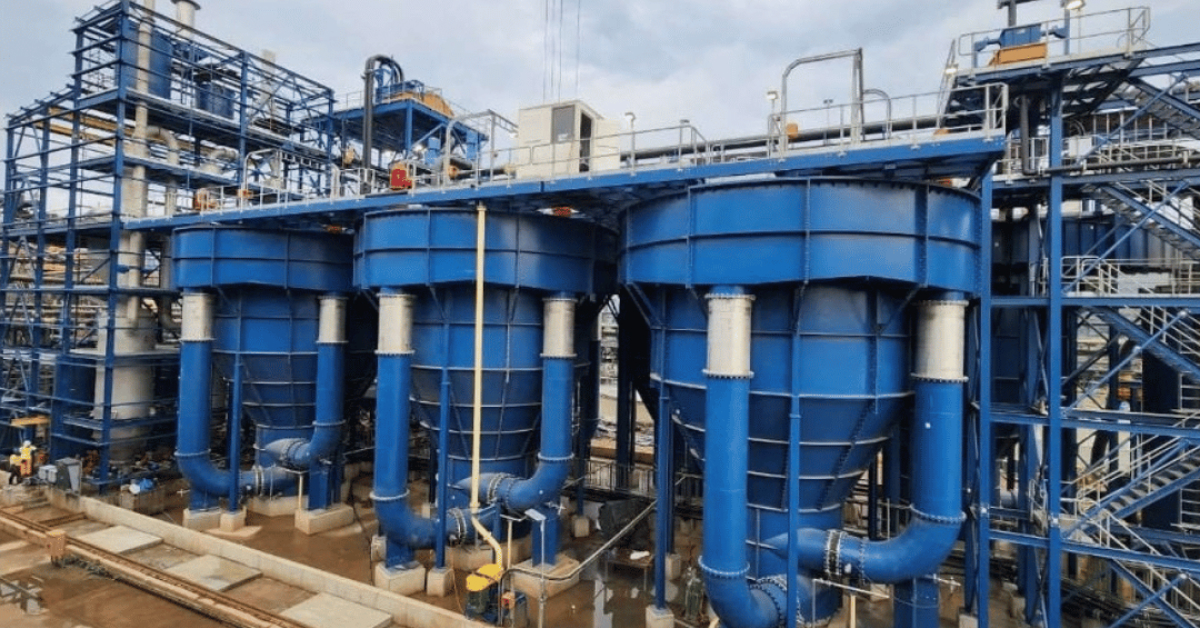The SAISC gets numerous suggestions and/or requests to supply the correct detail for a shop welded splice for beams. Some of the proposals include:
Figure 1:
Z step in the middle of the beam
Figure 2:
Z step along the flanges
Figure 3:
No Z step
Which would you choose?
In all cases we have assumed:
■ That the correct weld procedure specifications are in place.
■ That welders are trained and coded to work with those procedures i.e. we trust our welders.
■ All welds to be complete joint penetration (CJP or full penetration butt welds as we know them).
■ All welding consumables to be E70 or equivalent.
■ NDT will be carried out for highly (tensile) stressed components.
Figure 1 – Why not?
1. The basis of this Z shape is that the additional welding (all be it on the neutral axis of the beam) will make the connection ‘stronger’.
2. As an engineer looking at the stress distribution across the depth of the section you will expect and find that there is no stress on the neutral axis, so the weld will be of no benefit.
3. What about locked in welding stresses?
4. Which weld would you do first to minimise welding stress resulting from shrinkage when the weld pool solidifies and cools down? (weld sequence?)
5. Doing the weld C first leaving the rest of the web and flanges to follow.
6. Whatever sequence is followed the last weld will always be locked in and unable to contract during cooling resulting in (tensile) stresses in the weld. If they are large enough it will result in cracks in the welds.
7. Of the three examples this is not the worst case (see below figure 2)
8. Obviously, the extra welding means extra costs.
Figure 2 – Why not?
1. In this case, the extra welding does increase the connection strength. But what for? Having a weld strength exceeding the section strength is the same as having a strong link and otherwise weaker links elsewhere in the chain – it does not make the beam stronger.
2. The CJP welds under the flange will be very difficult to achieve.
3. The locked in stresses will be the worst for the three methods shown.
Figure 3 – Why yes, but what else do we need?
1. As the E70 welding consumables have an ultimate tensile strength that matches the strength of our S355JR steel, a CJP weld will be the same strength as the beam (all links in the chains are the same strength!)
2. The CJP needs the addition of mouse holes under the flange to make it possible to do the full penetration to the welds in the flanges (USA call them rat holes). AWS D 1.1 gives dimensions for the mouse holes (at least 25mm radius). The mouse holes make it possible to do the back grind into the root weld which is required to achieve CJP welds.
Figure 3a – Mouse holes shown
3. With the presence of the mouse holes, the shrinkage locked in weld stresses are minimised.
In summary, the only method that the SAISC advocates is the method shown in Figure 3a always subject to the following and all being correctly used:
1. Weld procedure specifications in place
2. Qualified welders
3. E70 consumables
4. Mouse holes
5. ND testing to highly stressed






